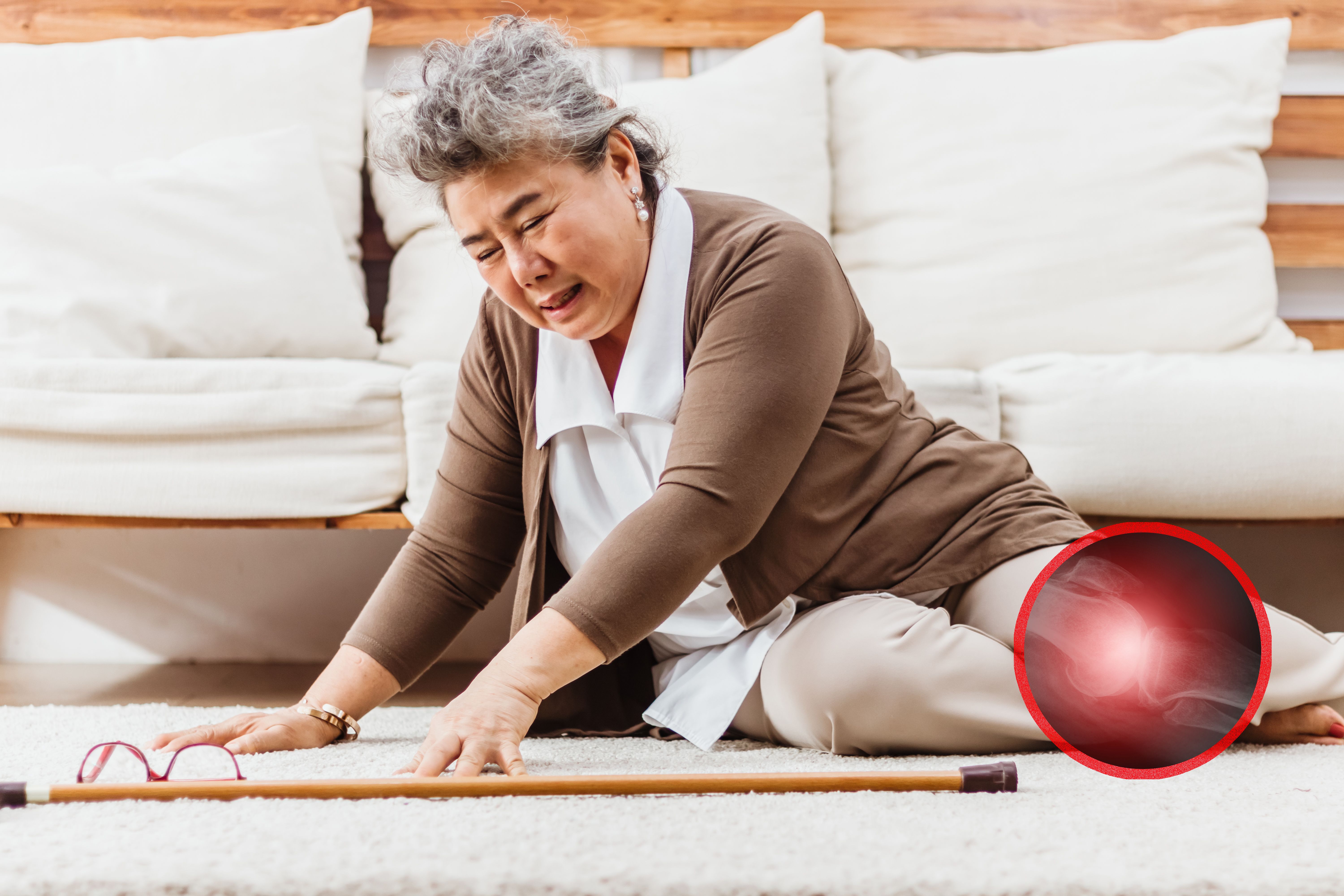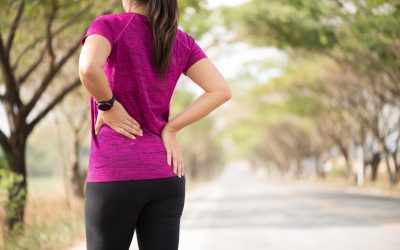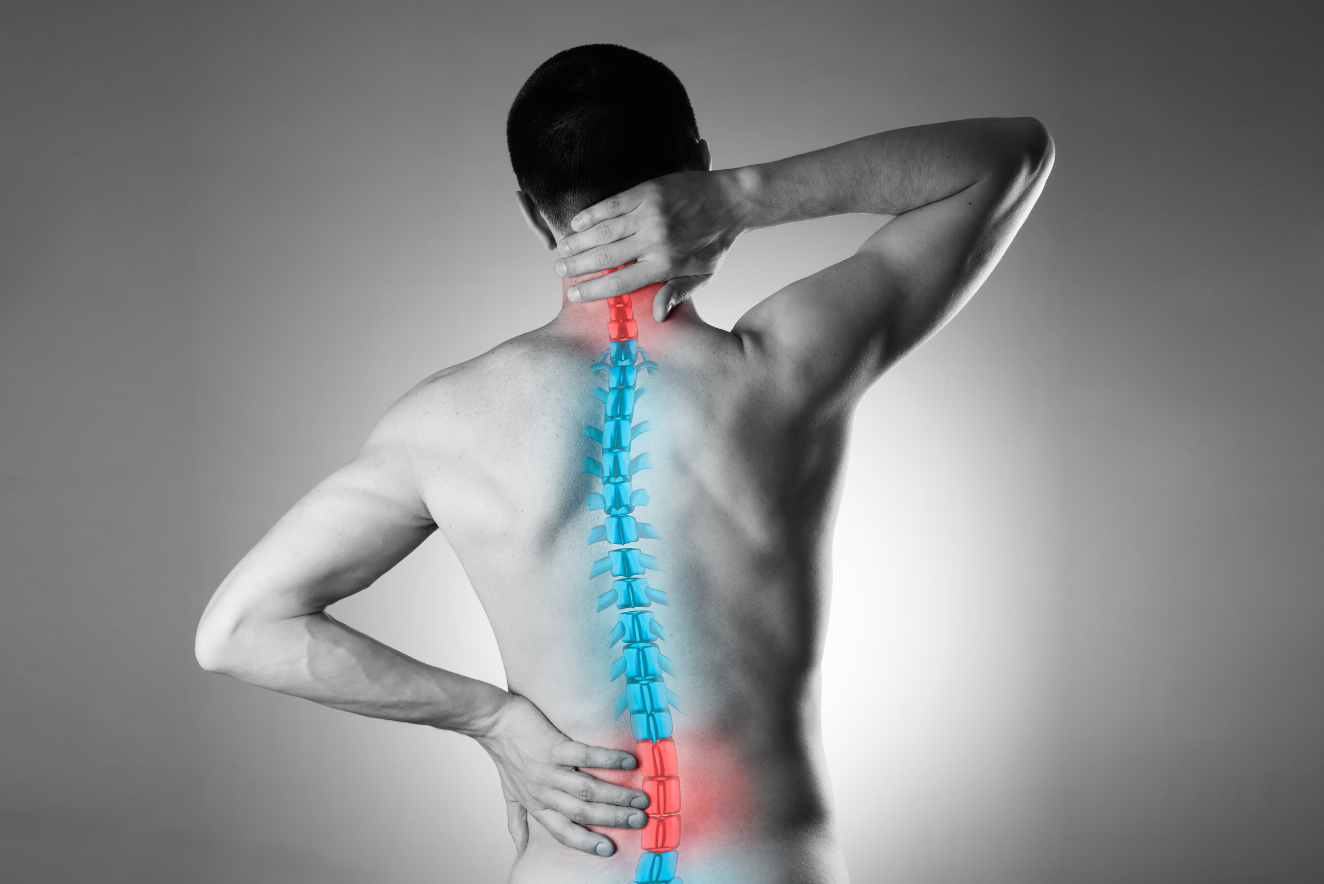

Dangers of osteoporosis
Dangers of osteoporosis. Osteoporosis is a condition where one suffers from low bone mass which results in reduced bone strength. This occurs when new bone formation is not enough to compensate for old bone resorption, resulting in bone loss.
Follow us on WhatsApp for the latest updates: https://bit.ly/AsiaMDWhatsAppEN
Thus, this causes one to have ‘brittle’ bones, making one more susceptible to bone fractures, even from seemingly low-impact bumps and falls. These fractures commonly occur at the hip, pelvis, spine and wrist. Often, these fractures on weight-bearing areas of our bones (especially hip and vertebral fractures) lead to long-term or permanent disability, increased morbidity and mortality.
With its greying population, Singapore is facing the rapidly-growing problem of osteoporosis. People who fracture their hips may be dependent on others and may die from this problem.
Additionally, it has been well-established that a significantly higher proportion of women suffer osteoporosis at an earlier age, than men. In general, women have a smaller and thinner habitus than men. Also, when women reach menopause, their estrogen (female hormone) levels decrease dramatically. This is a major contributer to osteoporosis in post-menopausal women.
Fortunately, early recognition of a person’s risk for osteoporosis and potential fractures can help reduce the risk of osteoporotic complications such as fragility fractures.
Men are at risk too
While you often hear of women suffering osteoporosis, it is true that men can also be at risk, although less commonly. Men need a right balance of both estrogen and the male hormone testosterone for bone health. Most people start losing bone mass when they reach 65 years old for men, and 50 years old for women.
Important lifestyle factors that may help reduce the risk of osteoporosis include the following: adequate dietary calcium intake, reducing alcohol intake, adequate weight-bearing exercise and maintaining a healthy body weight.
This article has been verified medically by Dr Goh Kian Peng, an endocrinologist in Saint-Julien Clinic for Diabetes & Endocrinology, Mount Alvernia Hospital (Singapore).






0 Comments